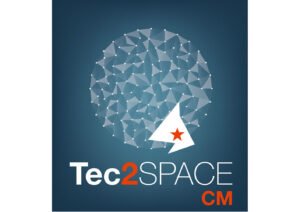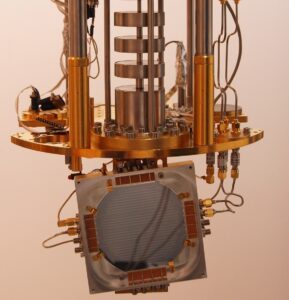Alicia Gomez obtained her PhD from Universidad Complutense of Madrid in 2013, focused on superconducting vortex dynamics. She was a visiting researcher in University California-Davis (US) in 2010, in University of Antwerpen (Belgium) in 2012 and I.Néel-Grenoble (France) in 2016.
Since 2013, she is a postdoctoral researcher in Centro de Astrobiología (CSIC-INTA) where she is in charge of the development of superconducting Kinetic Inductance Detectors (KIDs) for space and ground based instrumentation. She is member of international collaborations such as the NIKA2 Camera installed at the IRAM 30 m telescope in Granada and the KISS Camera for the Quijote IAC telescope. She was also part of the CORE proposal submitted to the call for the M5 mission of the ESA Cosmic Vision. She participates in the European Consortium FATMOLs for the development of superconducting Lumped Element Resonators (LERs) for its use in molecular spin quantum processors.
She has coauthored more than 40 peer-reviewed papers. Her experience spans from the design and fabrication of superconducting electronics in cleanroom to the electronic characterization of superconducting devices at cryogenic temperatures with and without magnetic fields. She was awarded with a Spanish MICINN Juan de la Cierva-Incorporación postdoctoral fellowship in 2018 to lead the development of KIDs at Centro de Astrobiología (CSIC-INTA) for two years.
| Keywords | Kinetic Inductance Detector, superconducting microwave devices, lumped-element resonator, cryogenics, millimeter wave astronomy, polarimetry, quantum computing |









